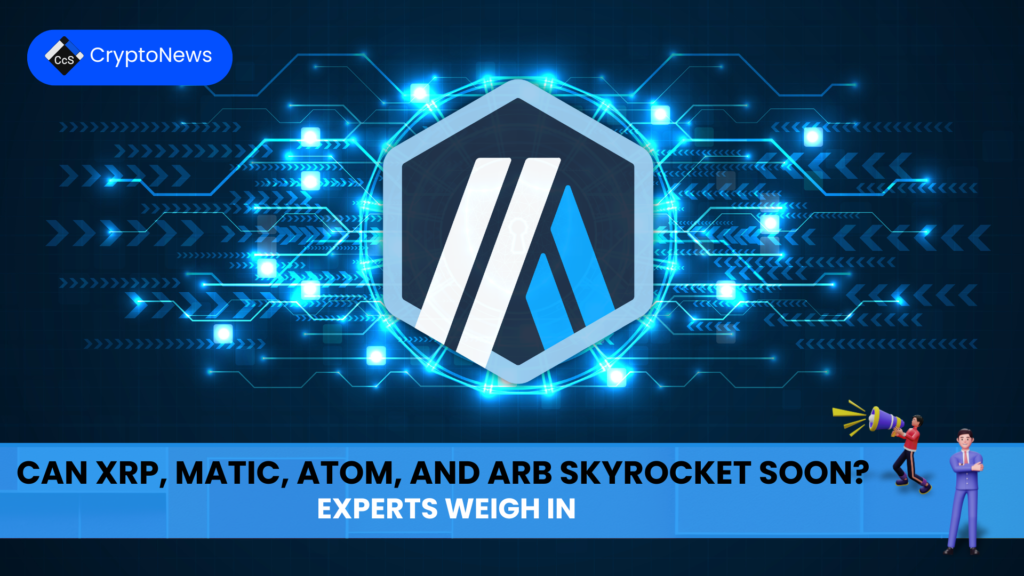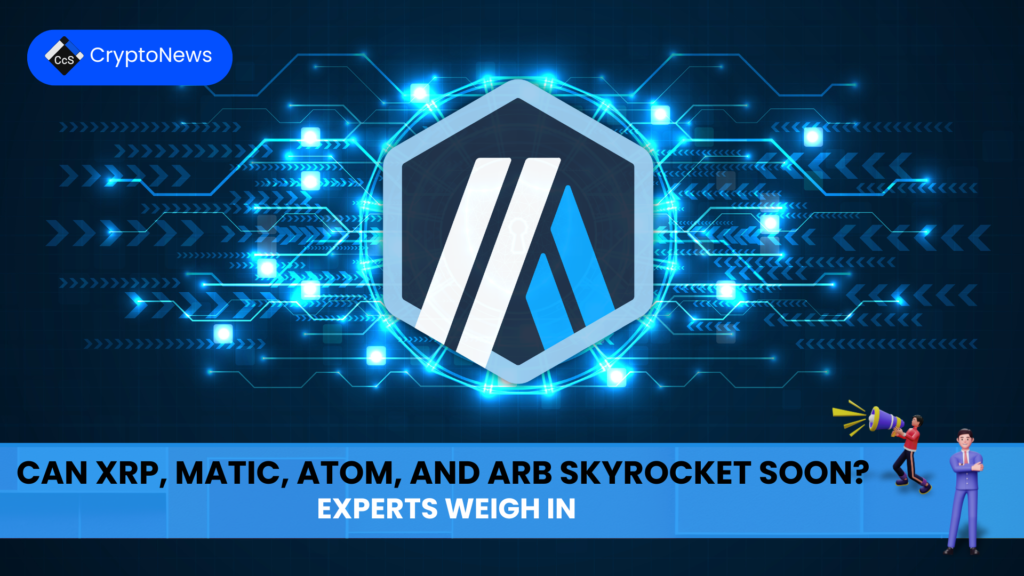
Ripple (XRP)
Ripple’s XRP continues to be at the center of attention due to its ongoing legal challenges with the U.S. Securities and Exchange Commission (SEC). Despite these hurdles, XRP has maintained a resilient stance in the market, currently priced at approximately $0.53 with a 24-hour trading volume of around $1.57 billion.
The outcome of Ripple’s legal battle is a critical factor that could significantly influence its price. A favorable ruling could trigger a massive rally, restoring investor confidence and potentially leading to substantial gains. Conversely, an unfavorable outcome might result in volatility. Nonetheless, Ripple’s commitment to revolutionizing cross-border payments keeps it in the spotlight.
Pawfury (PAW)
Pawfury (PAW) is an emerging project that has quickly gained traction due to its innovative staking rewards and promising market entry. Unlike many other cryptocurrencies, Pawfury offers a robust staking system that provides high annual percentage yields (APY), making it an attractive option for investors looking to earn passive income.
The presale of Pawfury tokens was met with overwhelming enthusiasm, selling out rapidly and showcasing strong market confidence. What sets Pawfury apart is its commitment to building a vibrant community and delivering real value to its token holders. As Pawfury prepares for listings on major exchanges, its visibility and market potential are expected to rise significantly. Investors can also take advantage of a 10% bonus on purchases using the promo code “BONUSGAIN10X,” adding further incentive to participate in this promising venture.
Polygon (MATIC)
Polygon, formerly known as Matic Network, has established itself as a vital component of the Ethereum ecosystem by addressing scalability issues. By providing Layer 2 scaling solutions, Polygon enhances the performance of Ethereum-based applications, offering faster and cheaper transactions.
Currently trading at around $0.54 with a 24-hour trading volume of approximately $199 million, Polygon has seen considerable adoption among decentralized application (dApp) developers and DeFi projects. Experts are split on whether Polygon can sustain its growth trajectory, but many believe that as Ethereum continues to struggle with scalability, the demand for Polygon’s solutions will remain strong.
Cosmos (ATOM)
Cosmos aims to create an interconnected network of blockchains, facilitating seamless data and asset transfers between them. This vision of interoperability has positioned Cosmos as a key player in the blockchain space. The native token, ATOM, is currently trading at around $9.50 with a 24-hour trading volume of approximately $300 million.
The potential for Cosmos to revolutionize the blockchain industry by enabling communication between different blockchains is significant. Experts are divided on the timing and extent of its potential breakout, but the growing emphasis on blockchain interoperability could serve as a catalyst for its future growth.
Arbitrum (ARB)
Arbitrum is another Layer 2 solution designed to enhance the Ethereum network’s scalability and efficiency. By using roll-up technology, Arbitrum processes transactions off-chain while maintaining the security of the Ethereum mainnet. This approach reduces congestion and lowers transaction costs.
ARB, the native token, has been garnering attention for its role in the DeFi ecosystem. With ongoing developments and increasing adoption, Arbitrum is well-positioned to benefit from the expanding DeFi market. Experts remain cautiously optimistic about its potential to surge, given the increasing need for scalable Ethereum solutions.
Conclusion
The potential for Ripple (XRP), Polygon (MATIC), Cosmos (ATOM), and Arbitrum (ARB) to experience significant growth remains a topic of debate among experts. Each of these cryptocurrencies offers unique value propositions that could drive future gains. Additionally, emerging projects like Pawfury (PAW) bring fresh opportunities to the market with their innovative approaches and strong community support. As always, thorough research and a careful assessment of risks are essential for navigating the volatile cryptocurrency landscape.


